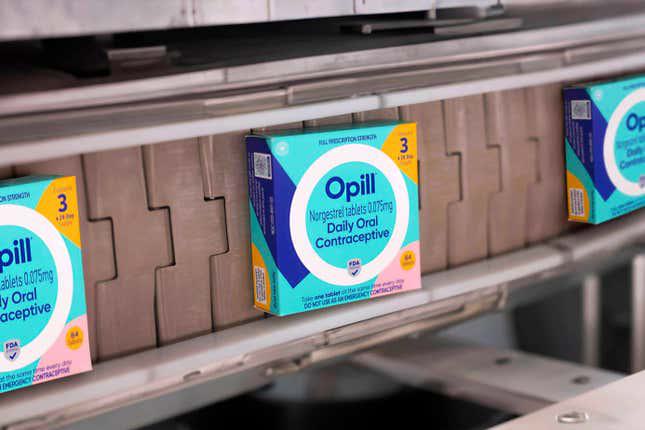Self-Administered Brain Stimulation Not a Good Idea Say Researchers - Dispatch Weekly
July 8, 2016 - Reading time: 3 minutes
People looking to enhance their cognitive abilities have been joining the “do-it-yourself” transcranial direct current stimulation (tDCS) bandwagon and this according to a team of researchers is a good thing.
Scientists at the Perelman School of Medicine at the University of Pennsylvania and Beth Israel Deaconess Medical Center, a Harvard Medical School teaching hospital have warned through an open letter in Annals of Neurology that the tDCS poses hidden risks to healthy individuals.
Studies have shown that tDCS can enhance cognition, and relieve symptoms of anxiety, depression, and other conditions and given how easy it is to make these tools, the practice of self-administered brain stimulation by the lay community has grown in recent years. tDCS involves a user wrapping the tDCS device around their head with electrodes placed at specific scalp locations. These placements are meant to target specific brain regions which transmit varying levels of electrical current to the brain to achieve the desired result, such as an enhanced state of relaxation, energy, focus, creativity, or a variety of other goals.
However, authors of the open letter have said that the results showing ability of tDCS to enhance cognition has led many users to believe that they will be able to achieve the same results, which is entirely a wrong assumption. Through the letter, which has been signed by 39 researchers who share this sentiment, they have warned that the outcome of the tDCS are unpredictable and that chances are that improper use could lead to harm than good.
Concerns in open letter
Authors have noted that it is not yet known whether stimulation extends beyond the specific brain regions targeted. These indirect effects may alter unintended brain functions. Further, what a person is doing during tDCS – reading a book, watching TV, sleeping – can change its effects. Which activity is best to achieve a certain change in brain function is not yet known.
The authors also suggest that small changes in tDCS settings, including the current’s amplitude, stimulation duration and electrode placement, can have large and unexpected effects; more stimulation is not necessarily better.
Finally, the group warns that the effects of tDCS vary across different people. Up to 30 percent of experimental subjects respond with changes in brain excitability in the opposite direction from other subjects using identical tDCS settings. Factors such as gender, handedness, hormones, medication, etc. could impact and potentially reverse a given tDCS effect. And, most research is conducted for the purpose of treating disease, with the goal of alleviating symptoms, with a detailed disclosure or risks as required of studies of human research subjects. The level of risk is quite different for healthy subjects performing tDCS at home.

DW Staff
David Lintott is the Editor-in-Chief, leading our team of talented freelance journalists. He specializes in covering culture, sport, and society. Originally from the decaying seaside town of Eastbourne, he attributes his insightful world-weariness to his roots in this unique setting.




